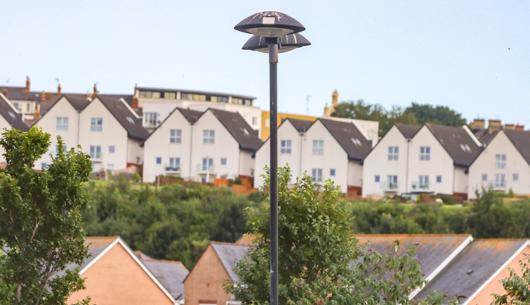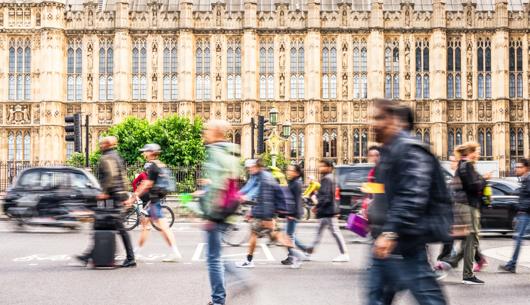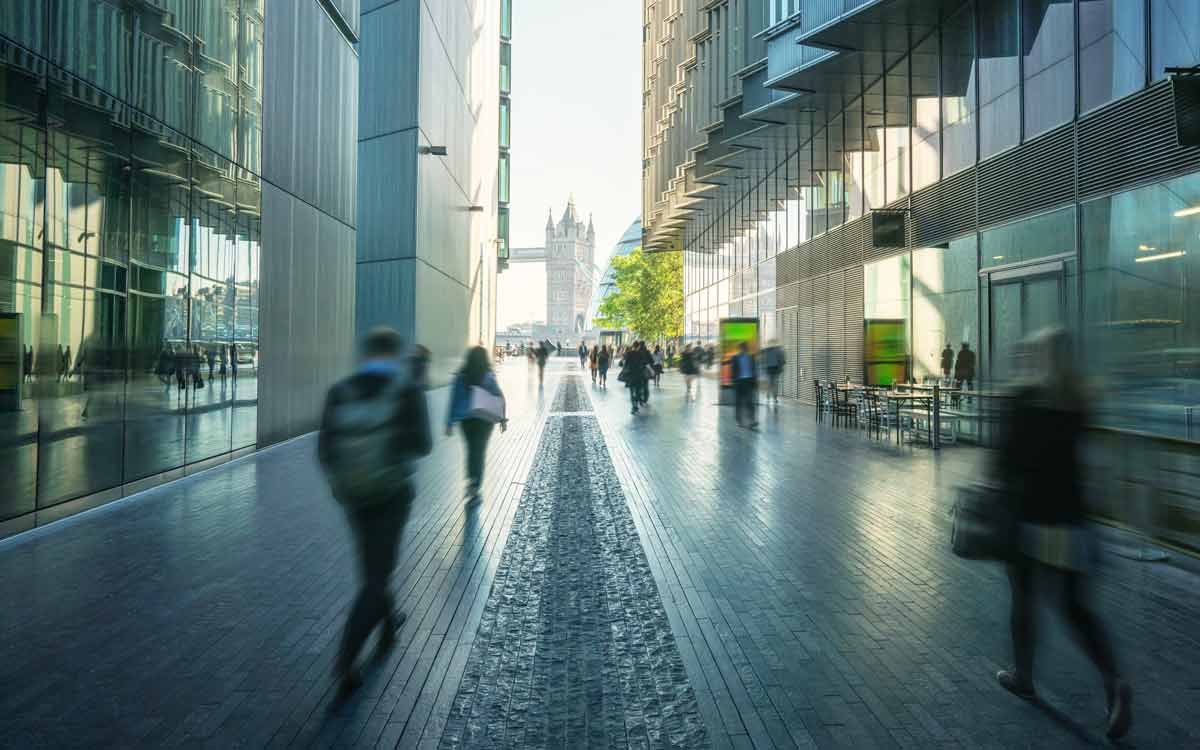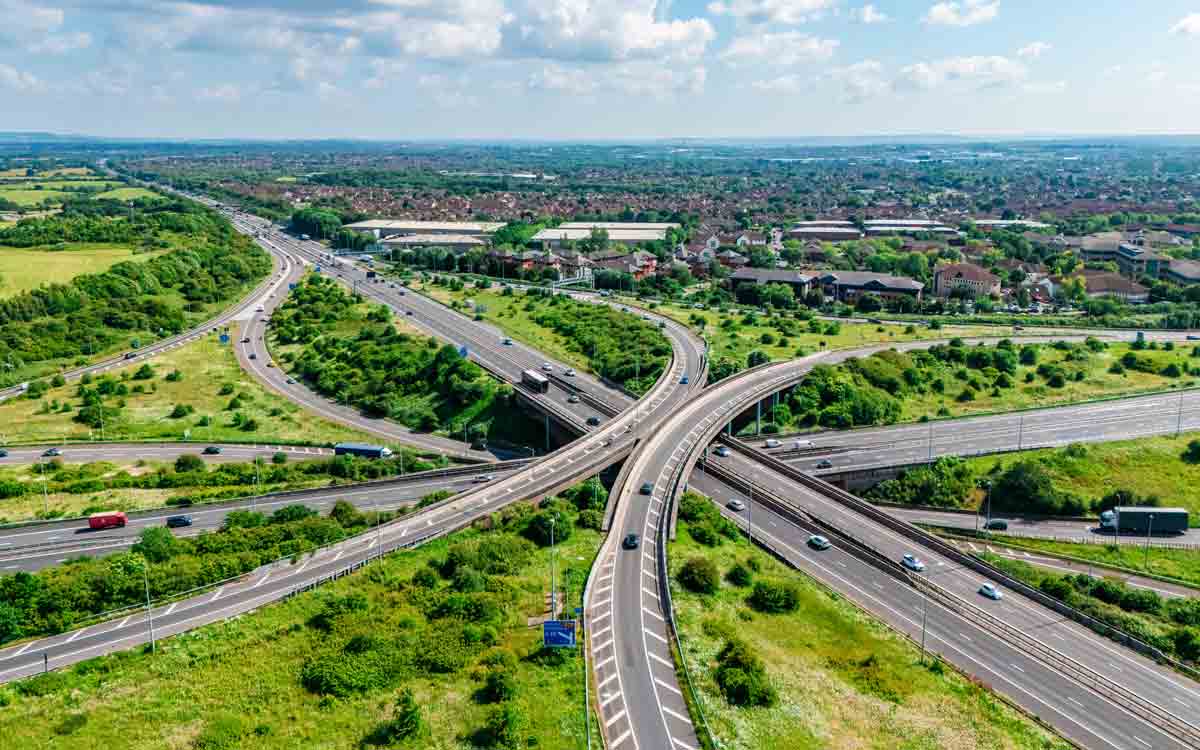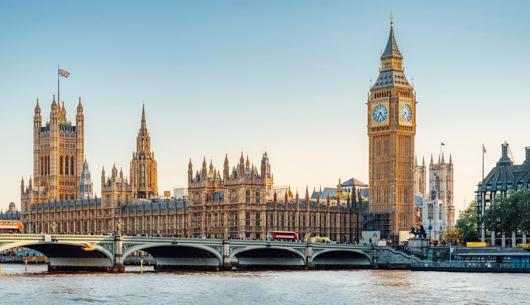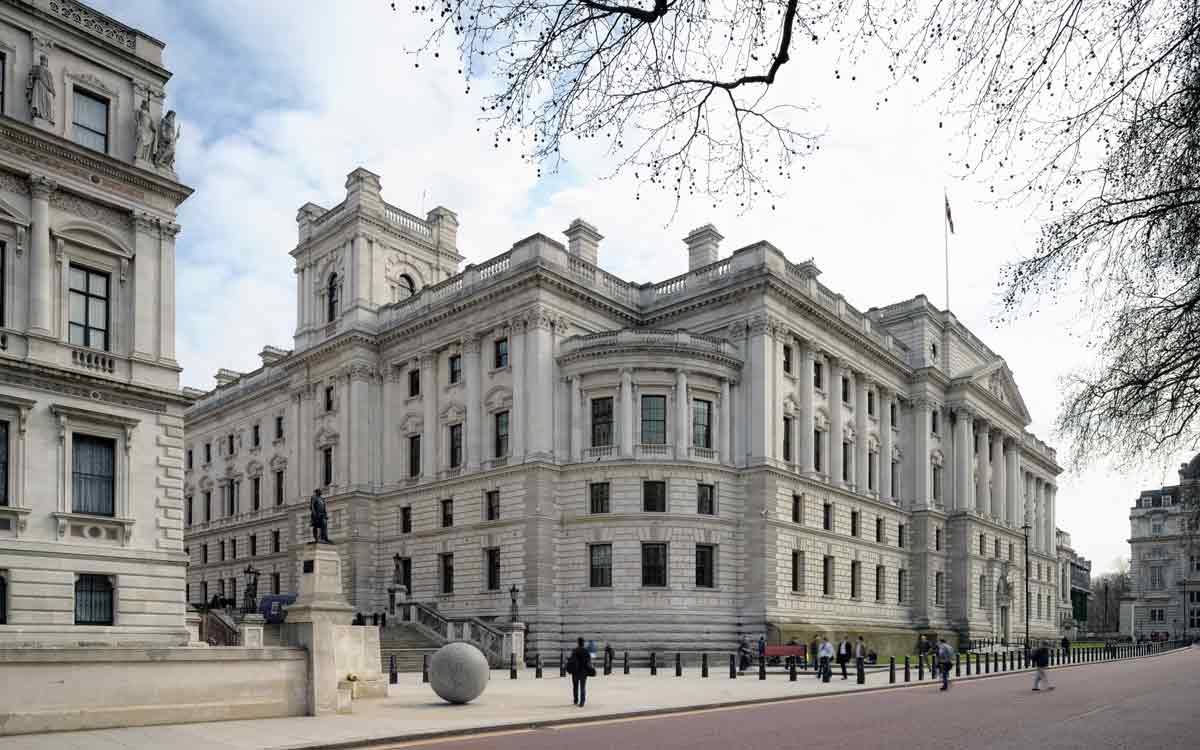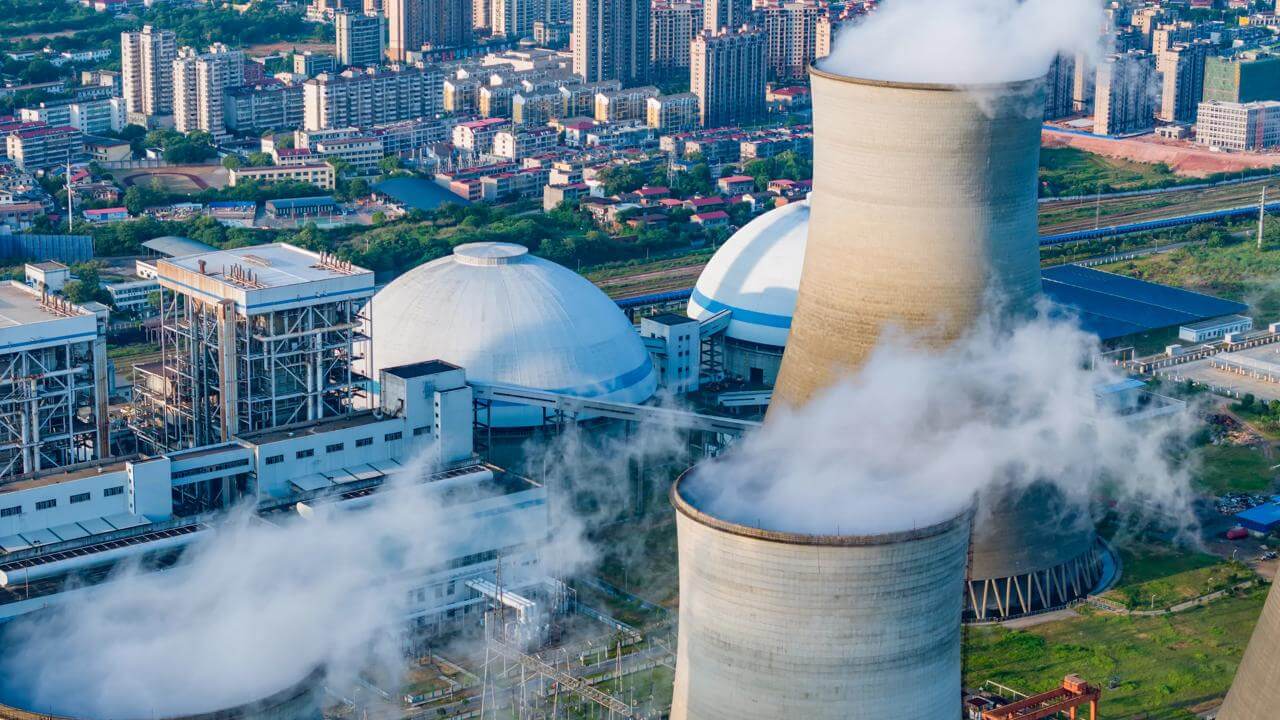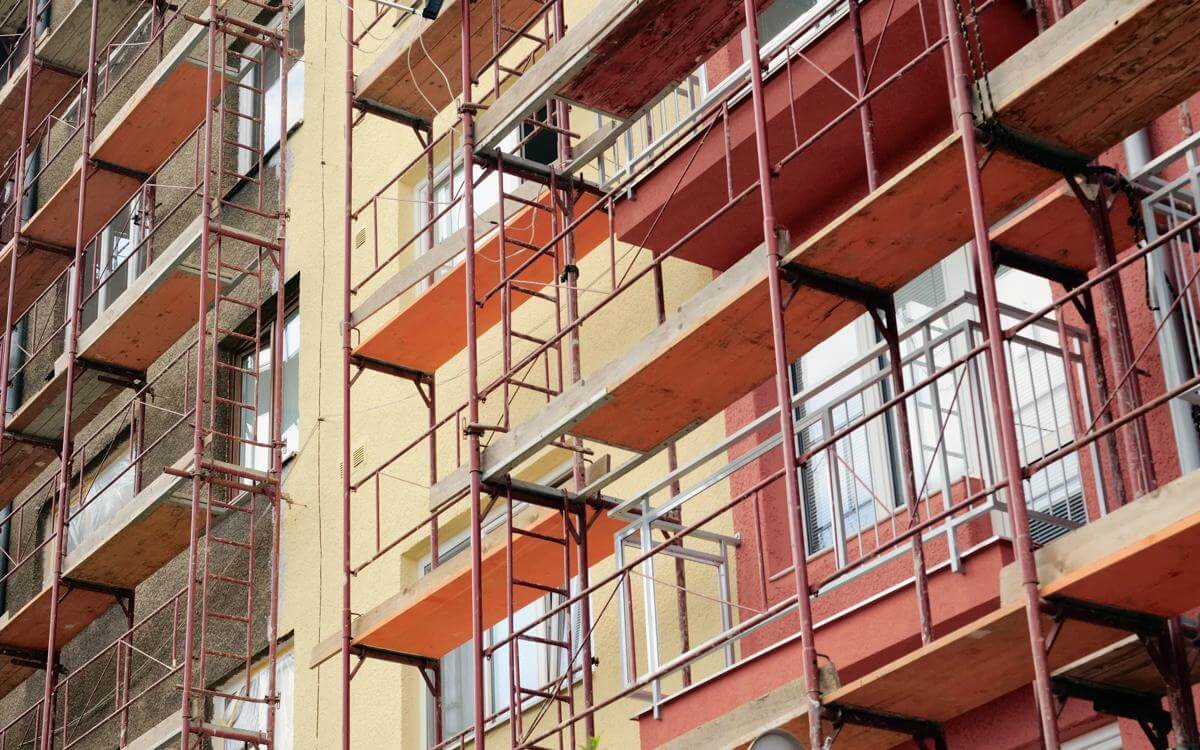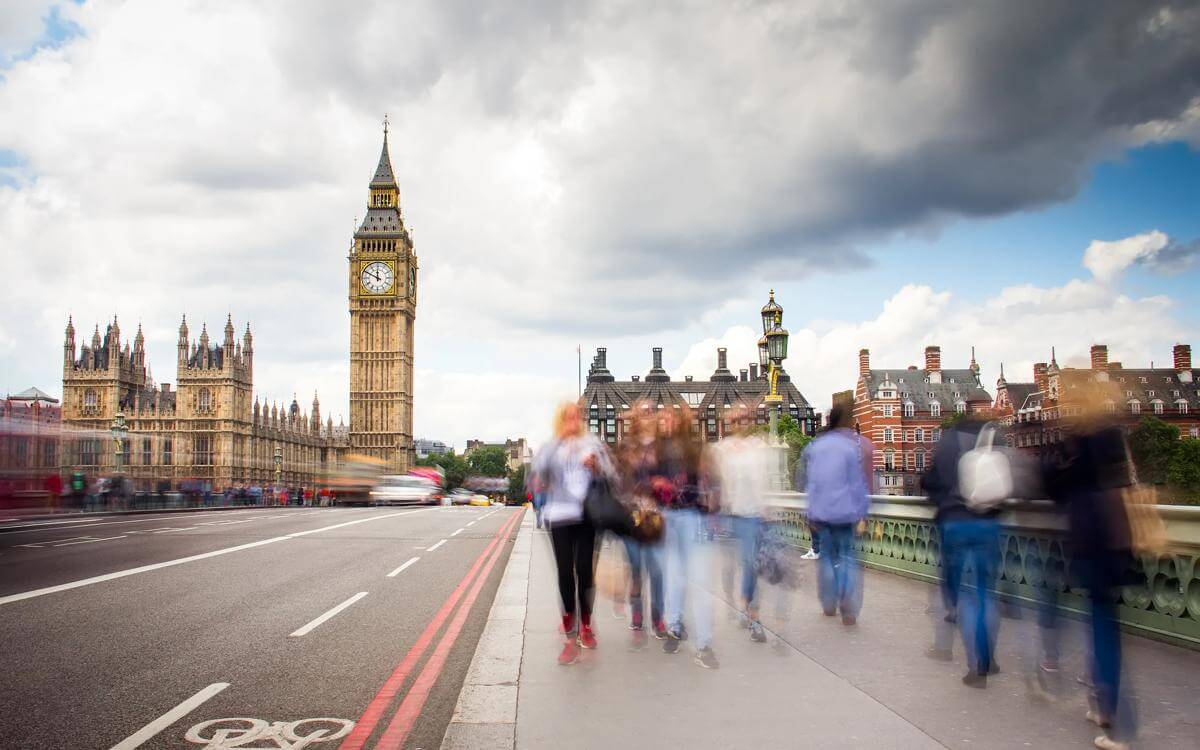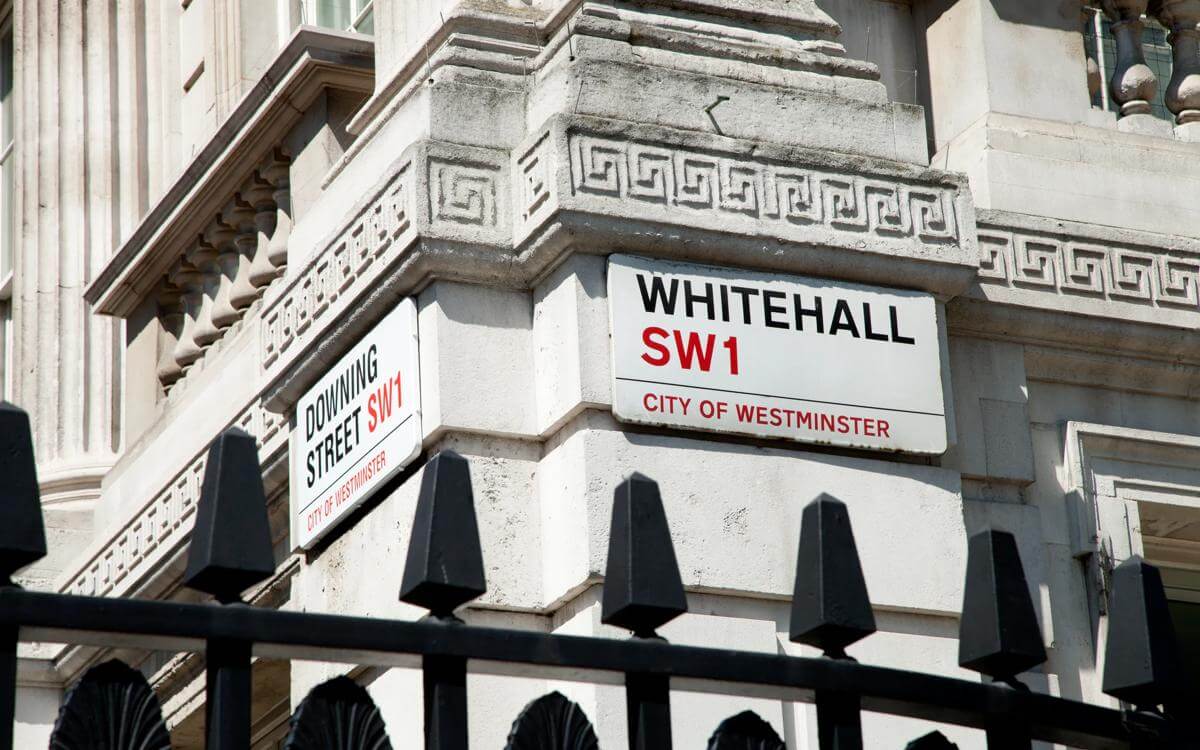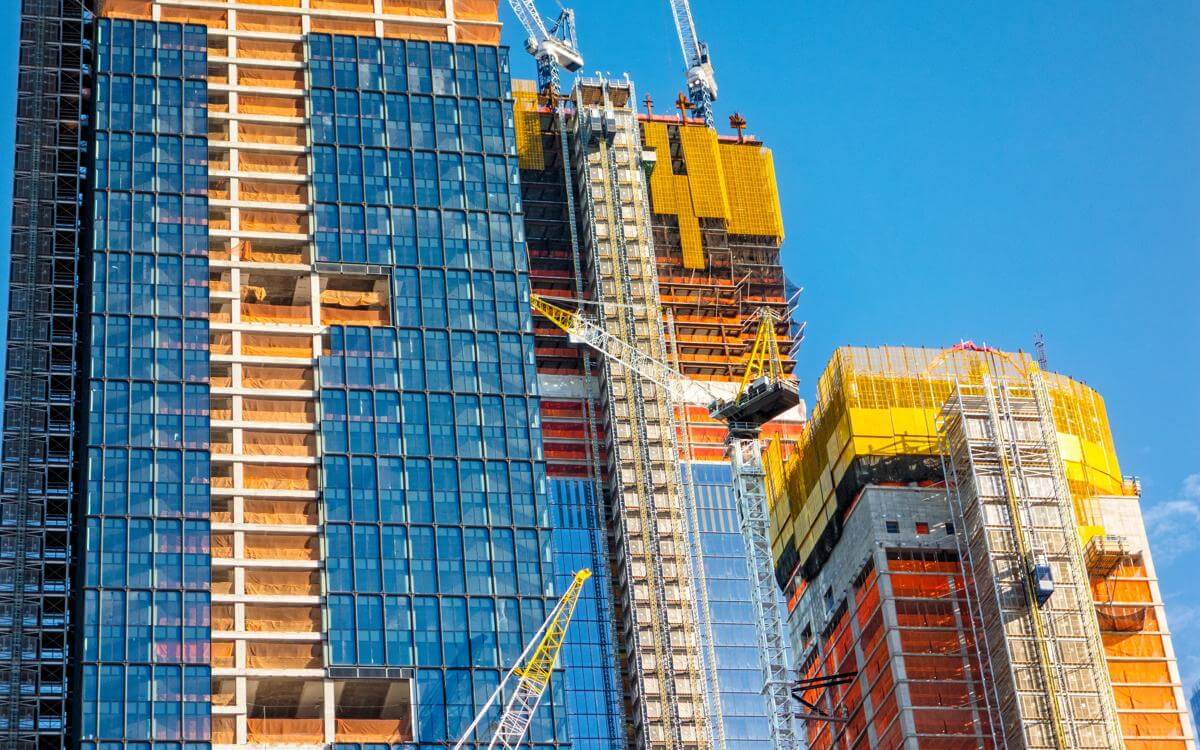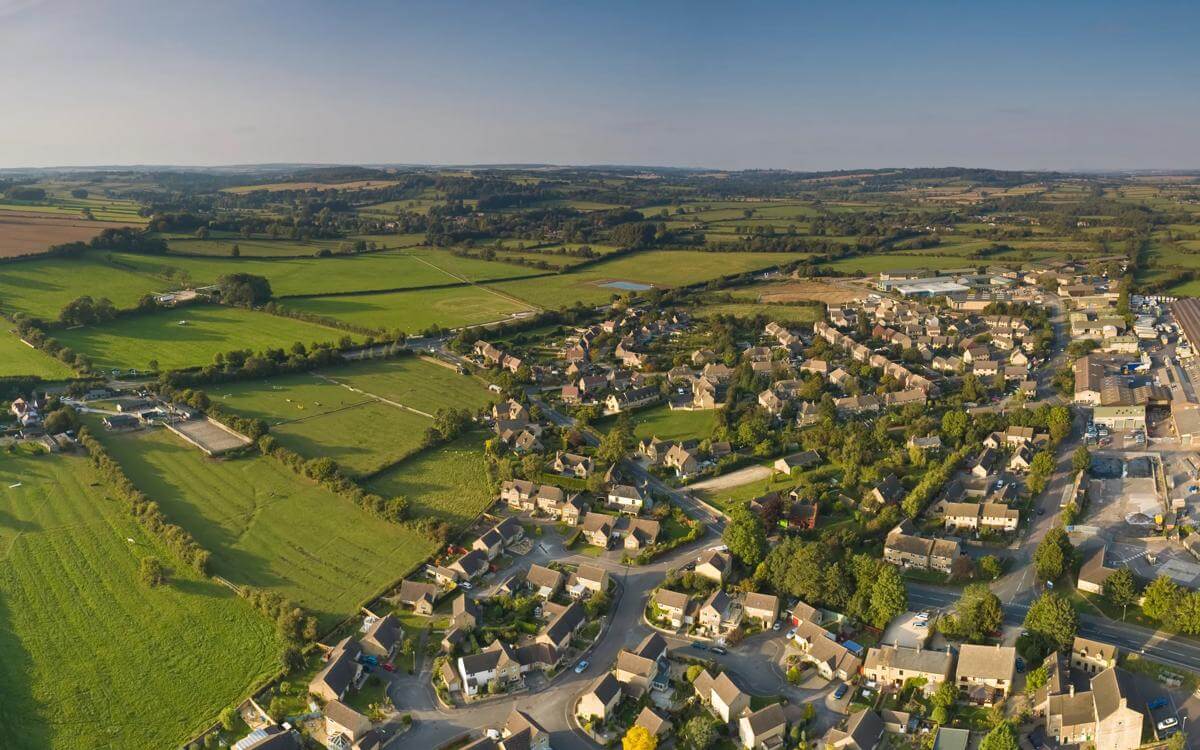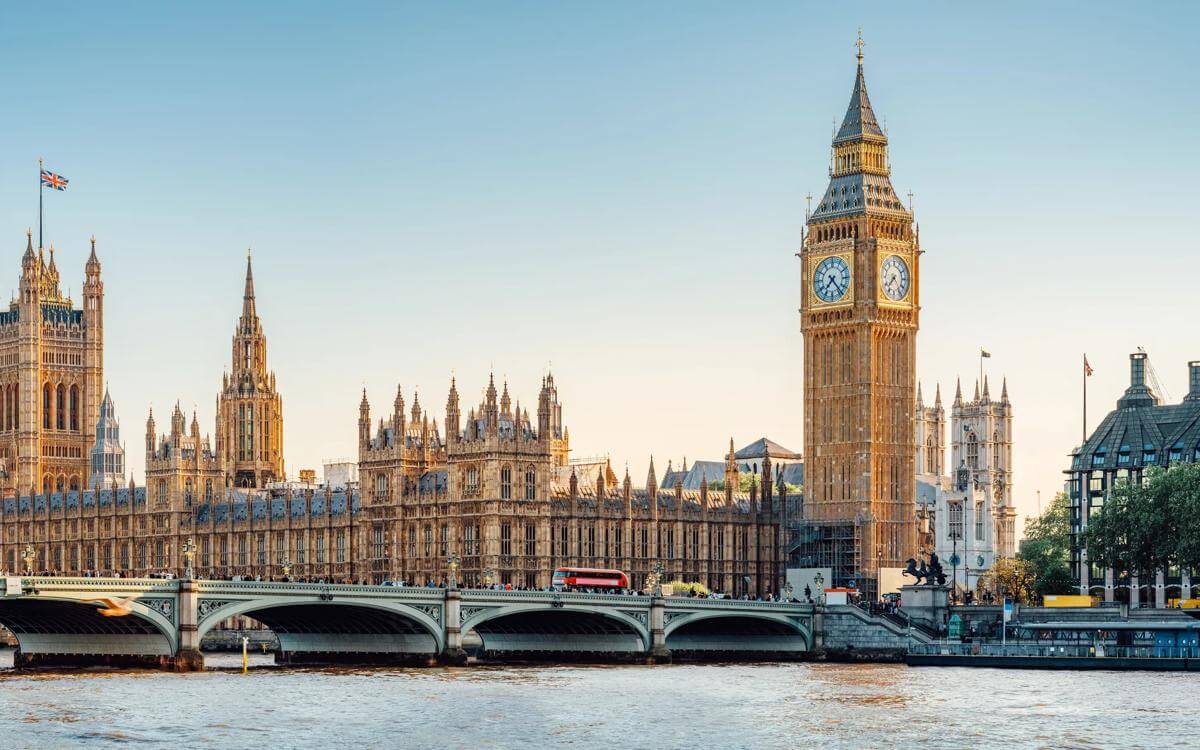Clean air - where we are and what we may expect in the future
Air pollution and the importance of clean air are increasingly becoming recognised as issues that need to be addressed.
This article is taken from January's public matters newsletter. Click here to view more articles from this issue.
Air pollution and the importance of clean air are increasingly becoming recognised as issues that need to be addressed. The Client Earth litigation is a high profile example of this, however towns and cities throughout England and Wales are taking steps to improve air quality. Central government is supporting a number of these initiatives, which are likely to lead to new powers and duties for public bodies (local authorities in particular).
Current legal position in relation to air pollution
There are a number of key pieces of legislation from the UK and the EU which regulate air quality in the UK.
The Air Quality Directive 2008 seeks to minimise the harmful effects of air pollution by setting standards in terms of ambient air quality which Member States are required to comply with. Under this directive, Member States are also required to assess and manage the ambient air quality in different zones, and prepare action plans for meeting air quality standards in areas of non-compliance.
The Environment Act 1995 requires the government to produce a national air quality strategy which sets out the standards and objectives for improving the air quality in the UK. The most recent strategy, the Clean Air Strategy 2019, sets out the government’s plans for dealing will all sources of air pollution, and is discussed in further detail below.
The Clean Air Act 1993 aims to reduce the amount of air pollution through imposing requirements and restrictions in relation to chimneys and furnaces. In particular, this act provides powers to local authorities to designate smoke control areas and obtain information about air pollution.
The government has made a number of Brexit Regulations, which come into force on exit day, which will ensure that key UK and EU legislation regarding air quality will continue after EU Exit.
Recent developments regarding air quality
Environment Bill
The Environment Bill was introduced by the government in October 2019, but it failed to complete its passage through Parliament prior to Parliament’s dissolution as a result of the 2019 general election. The aim of the Environment Bill according to the government is to maintain and improve our environmental protections as we leave the EU. The legislation will also create legally binding environmental improvement targets.
Part 4 of the Environment Bill contains provisions related to air quality, which include:
- A duty on the Secretary of State to review the Air Quality Strategy at least every five years, and to report annually to Parliament on progress in delivering air quality objectives in relation to England.
- New powers for local authorities to impose civil penalty notices for the emission of smoke in smoke control areas in England.
- Powers for the Secretary of State to recall products if they do not meet the relevant environmental standard.
Given that the Environment Bill is yet to complete its passage through Parliament, we will have to wait and see if the government’s proposals are implemented (or if new ones are introduced). However it is likely that additional responsibilities and powers will be placed on public bodies, in particular local authorities, to deal with air quality.
Clean Air Zone Framework
One existing mechanism which can be implemented by local authorities in order to tackle air pollution is the use of Clean Air Zones. The Clean Air Zone Framework, which was published by the government in 2017, sets out the expected approach to be taken by local authorities when implementing and operating a Clean Air Zone.
A Clean Air Zone is used to define an area where action is taken to improve air quality in order to improve health benefits and support economic growth.
Clean Air Zones aim to address all sources of pollution, including nitrogen dioxide and particulate matter. In order to reduce public exposure to these pollutants, measures are tailored to each particulate location.
Clean Air Zones fall into two categories:
- Non-charging Clean Air Zones – these are geographical areas which are used as a focus for action to improve air quality, and do not include the use of charge based access restrictions.
- Charging Clean Air Zones – these are the same as non-charging Clean Air Zones, but vehicle owners are required to pay a charge to enter or move within a zone if their vehicle does not meet the required standard of the zone.
In the Clean Air Zone Framework, it is stressed that Clean Air Zones should just be considered as the starting point, and that local authorities may carry out additional actions if appropriate in order to improve air quality in their local area. Such further measures could include standards used for public procurement, local bus partnerships or encouraging local businesses in this area.
London established its Ultra Low Emission Zone in 2019, which essentially covers the same area as the Congestion Charge Zone. Most vehicles, including cars and vans, need to meet the Ultra Low Emission Zone emissions standards or their drivers must pay a daily charge to drive within the zone.
Five other English cities (Birmingham, Leeds, Southampton, Nottingham and Derby) have been asked by the government to implement Clean Air Zones by 2020, or else identify other measures that could be used to reduce nitrogen dioxide emissions. Some of these cities are introducing Clean Air Zones, others are implementing other traffic management or pollutions plans and others are using a combination of both in order to tackle air quality this year.
Clean Air Strategy 2019
In January 2019, the government published the Clean Air Strategy 2019. It promises that “New legislation will create a stronger and more coherent framework for action to tackle air pollution”. As part of this strategy, the government has set out the following in order to improve air quality:
- In order to protect the nation’s health, the government intends to work with local authorities and directors of public health to equip and enable them to lead on decision-making in order to improve air quality.
- Guidance will be provided for local authorities explaining how cumulative impacts of nitrogen deposition on natural habitats should be mitigated and assessed through the planning system, in order to make our natural environment cleaner.
- According to the Clean Air Strategy, the government has committed more than £3.5 billion to tackle poor air quality through cleaner road transport and is working closely with local authorities to make progress.
- In order to reduce emissions in the home, new powers will be provided to local authorities to take action in areas of high pollution. The government will also consult on changes to Building Regulations standards for ventilation in homes and other buildings, to help reduce the harmful build-up of indoor air pollutants.
- Environmental permitting will be extended to the dairy and intensive beef sectors in order to reduce emissions from farming. A wider review of the current local authority permitting system will be undertaken, including fees and charges.
- An up-to-date legislative framework will be introduced with the aim of tackling air pollution at national and local level. The government will also ensure that responsibility with regards to local action on air pollution sits at the top tier of local government, and will encourage neighbouring local authorities and other public bodies to work together to collectively tackle air pollution.
- New powers designed to enable targeted local action in areas that struggle with air pollution will be introduced in order to ensure compliance with new emissions targets.
- The sale of polluting fuels and inefficient stoves for domestic use will be prohibited.
- The focus will be shifted towards prevention in order to allow local authorities to take early action to avoid future targets being exceeded.
- The concept of a ‘lead authority’ will be created, with requirements on neighbouring local authorities and other public bodies to work together to tackle air pollution. The lead authority will coordinate action to improve air quality set by national government.
- A nationwide approach will be taken in relation to smoke control, and smoke control legislation will be easier to enforce as a result of the Environment Bill.
- The legislative framework that applies at local level will be strengthened, simplified and updated in order to enable and drive further reductions in local concentrations of air pollution. This will include updates to the Local Air Quality Management framework and the Smoke Control Area framework.
- Local government will receive new legal powers to tackle PM2.5 emissions from burning.
This is an ambitious strategy from the government, but few details have been provided at this stage as to practically how air pollution will be tacked or what changes local authorities can expect in relation to their powers surrounding air pollution. It is also unclear if local authorities will receive appropriate funding for these new approaches.
What can we expect in the future?
It appears that the government intends to give more powers to local authorities in an attempt to ensure that the UK meets its air quality emissions targets. Local authorities are well placed to take steps to improve air quality, however the scale of the task should not be underestimated. Steps to reduce polluting activities, such as road traffic and industrial processes are likely to be met with resistance in some quarters.
In addition action taken by local authorities needs to be well thought through and coordinated. The scale of the task means that this is likely to require significant resources, which after 10 years of budgetary cuts local authorities may not have available. It is hoped that new powers and responsibilities will come with appropriate levels of funding, or mechanisms to recover costs from the public. Beneficially local authorities and other organisations are making carbon neutrality commitments and it is likely that many projects aimed at reducing carbon emissions are also likely to improve air quality.
The most significant changes are likely to be introduced through the implementation of the Clean Air Strategy 2019. Minimal detail has been provided in relation to these plans at this stage, however public bodies should be alert to announcements from government on this, including any consultations on its implementation.
Ultimately clean air is a major issue that affects many public bodies, not just local authorities. For example, health providers will be concerned about the health impact of polluted air on their patients/community population and education providers concerned about how it affects pupils. It is something that may require not just technological change but a change in how people live, work and travel. As such it may be initially met with resistance. But the importance of clean air means that action needs to be taken. The government has indicated that it supports action being taken, but public bodies are going to have a key role in shaping and developing what that action will look like.





